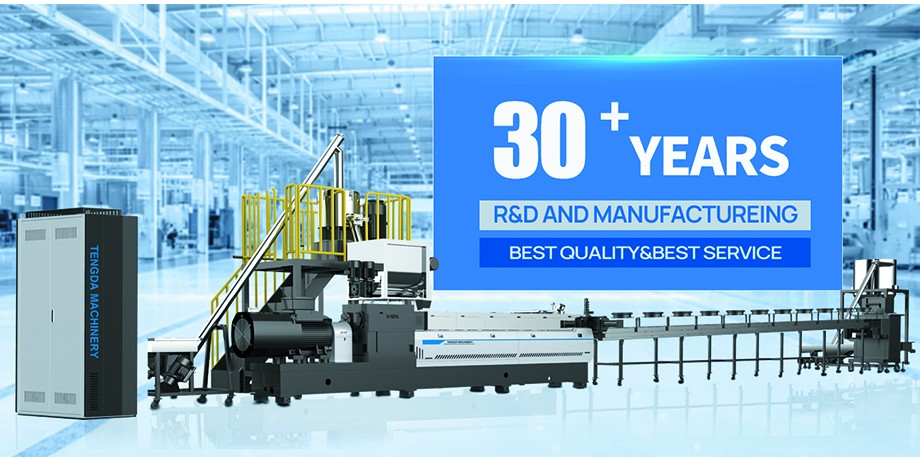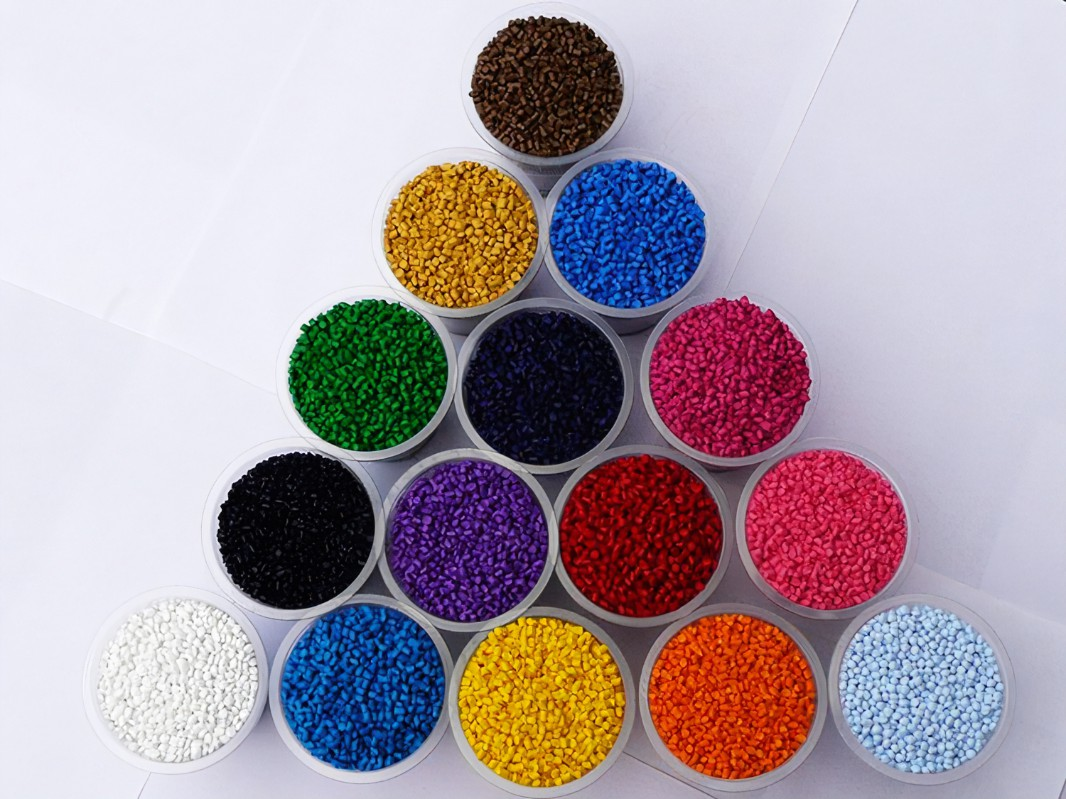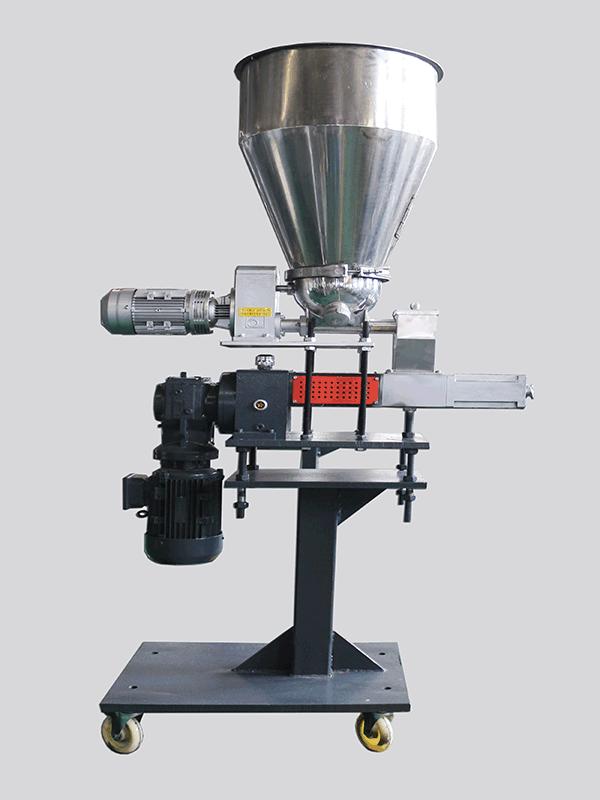The wide usage of Twin screw extruders in the plastics modification industry
In the plastics industry, there is a machine that is widely known in the industry. Especially in plastic modification companies or factories, engineers will often use such a device for plastic modification, it is called a twin screw extruder. Its position in plastic modification plants is particularly important. Any plastic raw materials, auxiliaries and auxiliaries are put into a twin screw extruder for mixing, melting, shearing, extrusion and a series of processes, and finally produce plastic particles that are successfully modified.

So how does the twin screw extruder modify the plastic?
Twin screw extruders are generally divided into 5 parts: conveying section,melting section, mixing section, exhaust section, homogenization section.
The formula provided by the customer transports the material through the conveyor block, smoothly transporting the material to the next stage. Then the material enters the melting section, where the kneading block, shearing element or reverse thread is generally set, and attention is paid to the inter-phase arrangement. It will shear and melt the material. Next, the melted material enters the mixing section, it can not only maintain the same structure of the material, but also keep the color uniform and beautiful. Then, the material enter into exhaust section, lastly, homogenize sections can improve discharge capacity and avoid fouling.
The methods of plastic modification are also diverse, and in general, the scope of use of plastics after modification will be greatly expanded. There are some ways of plastic modification as follows.

1. Additive modification.
In life, adding different additives is a vital way to modify plastic, this method is the earliest and most commonly used modification method. How does it work? Using a twin-screw extruder, the additive can be added directly with the polymer from the feed port to the inside of the main machine, and the screw is heated and melted to achieve the purpose of modification. This is a modified method that achieves some desired performance through physical or chemical action. Of course, we will encounter some situation that we can’t directly add into additives, if happens, we can equip with a side feeder, using it to achieve the goals.In the industry, commonly used plastic additives are antioxidants; Foaming agent - foaming plastics mainly include: ABS, PS, PVC, PU, EVA, PE, PP, etc.; Flame retardants; Lubricants; Impact resistant modifier, We also need to note that impact-resistant modifiers are usually resins with special characteristics added in a blending manner; Colorants, which can make the finished plastic product produced with different colors; Fillers, common fillers are clay, silicate, talc, carbonate and so on.
Two-stage side feeder


If some additives can’t add directly, then we can equip with a side feeder and add these additives.
1. Blending modification.
This method is to add one or more other resins (including plastics and rubber) into a polymer to achieve the performance of the original plastic.
2. Glass fiber reinforcement
Glass fiber has the advantages of long glass fiber and short glass fiber, glass fiber has the advantages of high mechanical strength, large impact absorption energy, strong heat resistance, good corrosion resistance, etc., which are really excellent characteristics for plastic modification. But often people worry about whether long glass fibers are good or short glass fibers are good? First of all, long glass fiber, although it may make the plastic modification effect more obvious, but it will endanger the product performance indicators. After the long glass fiber reinforces the plastic properties, it is mainly used in the automotive, construction and electronics fields. On the contrary, short glass fiber also many advantages, in general, the short glass fiber is very targeted, and it can be well integrated with plastic raw materials to make the product more beautiful.
3. Filling Modification
Improving mechanical properties or reducing costs by adding fillers to plastics. Plastic filling modification is mainly the use of fillers and plastics, resin composites, generally fillers of larger filling, so plastic filling modification is an indispensable auxiliary material for the plastic industry.
4. Other modifications
Flame retardants can be added to plastic raw materials, which does not improve the flame retardant of the plastic itself, so that the plastic can be applied to some industries that need flame retardant particles, such as automotive, electronics, and electrical fields. There are so many different modification ways in plastic industry.
At present, more and more manufacturers choose twin screw extruders to modify plastic raw materials, so that the role of small plastic particles is more extreme, all of which can be attributed to the successful development of twin screw extruders.